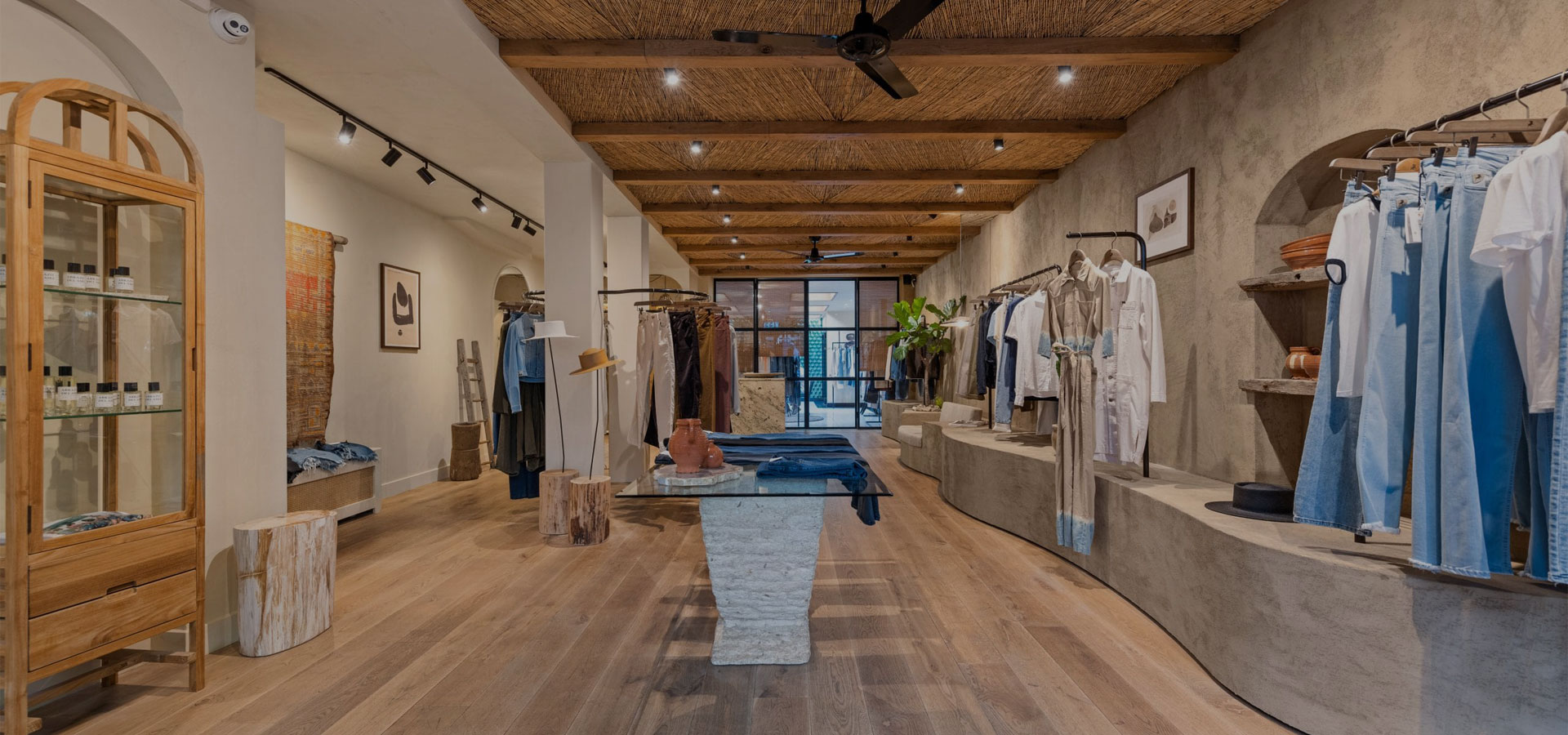Green Retail Renovation: Eco-Friendly Approaches

In this rapidly evolving retail environment, remaining pertinent and engaging to customers is more important than ever. Retail refurbishment has become as a essential strategy for businesses looking to refresh their brand and improve the customer experience. This approach involves modernizing and transforming the physical space of a store, allowing retailers to both attract additional customers but also retain existing ones interested. With a emphasis on sustainability, many businesses are now adopting eco-friendly practices into their refurbishment projects, guaranteeing that their operations correspond to the rising demand for environmentally responsible practices.
As you consider starting a retail refurbishment journey, it is crucial to grasp the many components that play a role in a effective transformation. From visual & enhancements to enhancing layout and customer flow, every element plays a role in creating a inviting environment. Moreover, using sustainable materials and green solutions can lead to considerable cost savings while building a green brand image. In Visit Website , we will explore effective strategies for sustainable retail refurbishment, emphasizing the advantages and key factors necessary for a rewarding update that connects with your customers and the planet alike.
Grasping Retail Renovation
Retail refurbishment includes this process of updating, renewing, and revitalizing physical retail spaces to enhance their appeal and functionality. Such practices is vital for businesses seeking to remain relevant in an ever-evolving marketplace. useful source extends beyond mere surface-level updates; refurbishment can involve redesigned layouts, structural improvements, and the adoption of eco-friendly methods. At its core, retail refurbishment seeks to create environments that appeal with customers while reflecting the brand identity and principles.
The necessity for retail refurbishment arises from multiple reasons, including changing consumer preferences, advancements in tech, and the need to maintain a fresh and welcoming atmosphere. As trends shift and new design trends appear, stores that do fail to adjust face the danger of becoming outdated and unwelcoming. This transformation is important not just for aesthetics, but also for practicality—a carefully planned refurbishment can enhance the flow of customers, increase product visibility, and ultimately drive sales.
Additionally, a successful retail refurbishment can significantly impact a brand's image and loyalty from customers. By committing in the refurbishment process, retailers show their dedication to quality and innovation, creating a more engaging shopping experience. This strategic approach not only revitalizes the physical space but also fosters a stronger connection with customers, encouraging repeat visits and strengthening customer loyalty in a challenging retail landscape.
The Benefits and Costs of Refurbishment
Store refurbishment offers a variety of benefits that can considerably enhance a shop's performance. A well-executed refurbishment can revitalize a business, creating an inviting atmosphere that draws in fresh customers while retaining existing ones engaged. Upgrading design elements and incorporating modern aesthetics can result in increased sales as consumers are drawn to updated spaces that reflect current trends. Moreover, a refreshed layout can enhance customer flow and interaction, making the shopping experience more pleasant and effective.
However, the costs associated with retail refurbishment can differ greatly based on the extent of the updates and the materials used. Factors such as workforce, design fees, and purchased fixtures must be factored into the budget to avoid unexpected expenses. While some businesses might be hesitant to invest, understanding that refurbishment can lead to greater returns on investment is crucial. The initial costs should be considered a long-term investment that can yield substantial financial benefits.
Planning for refurbishment involves thoughtful consideration of both benefits and expenses. Prioritizing eco-friendly strategies not only contributes positively to the environment but can also result in cost savings through saving on energy costs and sustainable material sourcing. Balancing the investment with projected revenue increases is crucial, ensuring that the refurbishment aligns with business goals while enhancing the customer experience.
Green Strategies for Store Reconstruction
Adopting green approaches in store reconstruction merely tackles environmental challenges while also reinforces a brand's dedication to social accountability. Employing eco-friendly resources is a pivotal aspect in this initiative. Select for green alternatives like salvaged timber, upcycled metals, and minimal emission paints that minimize toxic emissions. These resources not only produce a unique look but also resonate with a expanding group of ecologically aware buyers, fostering commitment and boosting business reputation.
Energy efficiency should be a foundation of any store reconstruction project. Spending in low-energy illumination, such as LED lighting, merely cuts power use but can considerably lower running expenses. Additionally, integrating smart technology, such as smart lights and HVAC controls, improves energy consumption, providing a comfortable setting for clients and workers alike. These improvements add to a smaller carbon impact, coinciding perfectly with current customer values.
Finally, reflect on adding nature-based design principles, which incorporate natural elements into the shop environment. This could mean installing greenery, vertical gardens, or daylight sources, creating a soothing and welcoming environment that enhances the shopping experience. By collaborating with architects who focus on eco-friendliness, businesses can convert their areas into sustainable environments that merely reflect their brand ethics and also draw and keep shoppers in an progressively competitive market.

